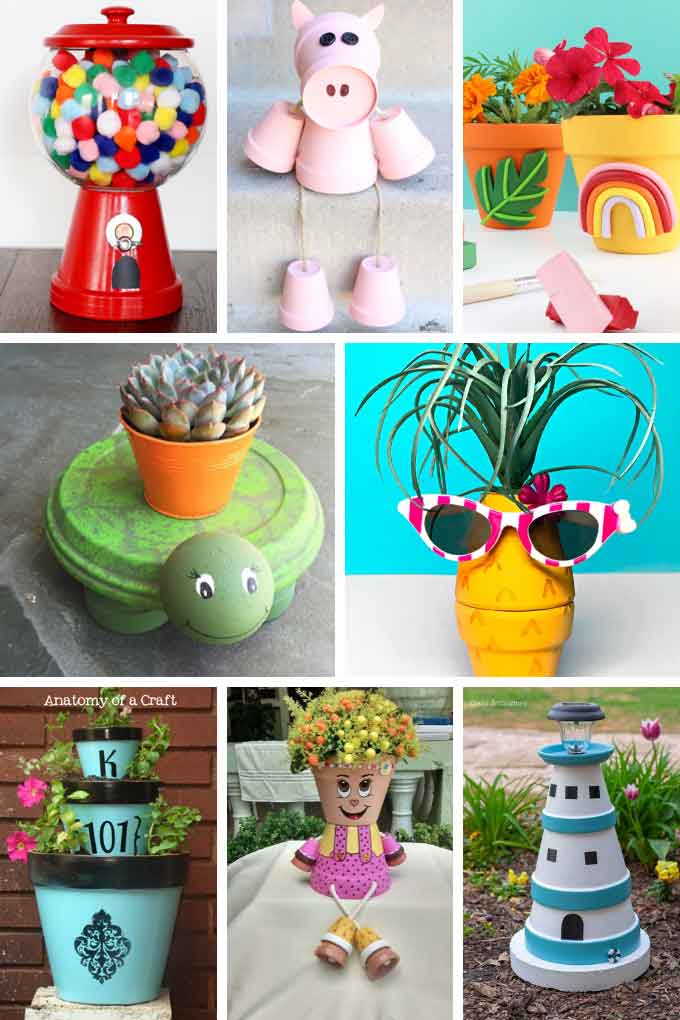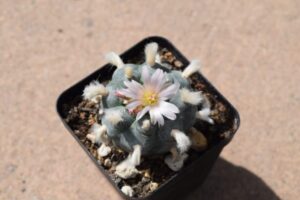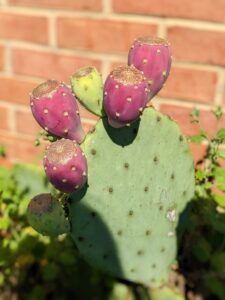When considering the ideal home for your cactus plants, a playful question arises: Have you ever wondered why clay pots are often hailed as the ultimate vessel for nurturing these resilient succulents? While many options exist, clay pots offer a plethora of benefits that cater specifically to the unique needs of cactus plants. However, not every gardener is aware of the nuances involved in selecting the right pot for these desert dwellers. This article delves into the essential reasons why clay pots are the best choice for your cactus, alongside some challenges and considerations that may arise when using them.
Clay pots, renowned for their natural aesthetics and functional advantages, can significantly enhance the health and vitality of your cactus plants. Unlike plastic or synthetic alternatives, clay pots possess unique properties that promote proper drainage, aeration, and temperature regulation—crucial elements for the well-being of cacti.
Understanding the biomechanics of plant health, let’s explore the most compelling reasons to choose clay pots for your cactus collection.
Natural Breathability and Drainage
One of the most significant advantages of clay pots is their excellent breathability. Made from porous materials, clay allows air and moisture to permeate the walls of the pot. This attribute ensures that the roots of the cactus receive adequate oxygen supply and helps prevent root rot, a common affliction when cacti are placed in non-breathable containers.
Effective drainage is another crucial consideration when cultivating cacti. These plants thrive in arid environments with well-draining soil, and clay pots facilitate this by allowing excess water to escape through the pot’s walls. As a result, growers need not fear the perils of overwatering—an often overlooked aspect of cactus care. But beware; while good drainage is a boon, you must also pay attention to how frequently you water your cactus.
The Evolution of Temperature Regulation
Another fascinating characteristic of clay pots is their capacity for temperature regulation. Unlike plastic pots, which can retain heat or cold, clay pots provide a more stable environment for sensitive root systems. During warm days, clay manages to keep the roots cooler due to its thermal mass, while at night, it can help retain warmth, protecting the plant from sudden temperature fluctuations.
This temperature stability proves vital, particularly for cacti, which are typically adapted to gradual temperature changes in their natural habitats. However, nurturing your cactus in a clay pot does pose certain challenges, such as maintaining the right water balance due to increased evaporation. This paradox requires gardeners to be vigilant in their watering practices.
Natural Aesthetics and Enhancing Decor
Beyond their practical advantages, clay pots add a distinct aesthetic appeal that can elevate the visual charm of your indoor or outdoor space. Ranging from earthy tones to intricately designed surfaces, these pots resonate with a rustic elegance, seamlessly blending with the natural world.
By employing clay pots, one can create a visual symphony of textures and colors throughout any setting. Pairing vibrant cactus species with terracotta or unglazed ceramic pots can yield striking contrasts that promote both botanical and personal expression. However, while clay pots are attractive, the porous material makes them susceptible to staining and fading over time. Gardeners may find themselves facing the challenge of upkeep and maintenance, which requires an occasional wash to return to that original beauty.
Cactus Compatibility: Size and Shape Considerations
Choosing the right size and shape of clay pot is imperative for fostering a healthy growth environment for your cactus plants. The general principle suggests opting for pots that provide ample room for root growth without being excessively large—allowing for an optimal balance between aeration, moisture retention, and space.
Shallow clay pots tend to be preferable for most cacti, given their relatively shallow root systems. This configuration not only offers enough volume for root expansion but also minimizes the risk of oversaturation. Yet, an oversight in sizing can lead to difficulties in healthy growth. Striking the right balance can be tricky, particularly for novice gardeners.
In light of their virtues, it’s also essential to consider proper care and preparation before introducing your cactus to a clay pot. Adequate soil selection—prioritizing a well-draining cactus mix—will further optimize the benefits bestowed by the clay environment.
Challenges of Clay Pots: Are They Worth It?
While clay pots are often touted as the optimal choice for cactus care, they are not without their challenges. As previously mentioned, pot maintenance and caution regarding watering require a more meticulous approach compared to other containers. Furthermore, the terracotta material can crack if exposed to extreme temperature changes. Conversely, some gardeners might find them heavier and less portable than plastic alternatives.
Ultimately, the decision to adopt clay pots comes down to understanding the balance between their advantages and potential drawbacks. For those who relish the true essence of nurturing cacti and can navigate the necessary challenges, clay pots undoubtedly stand out as the best choice for these magnificent plants.
In conclusion, the wisdom of choosing clay pots for cacti is supported by their breathability, drainage capabilities, aesthetic appeal, and temperature management. While gardeners must remain cognizant of certain challenges, the rewards far outweigh the inconveniences. With the right practices in place, incorporating clay pots into your cactus care regimen can lead to flourishing plants that thrive in their naturalistic homes.





Leave a Comment